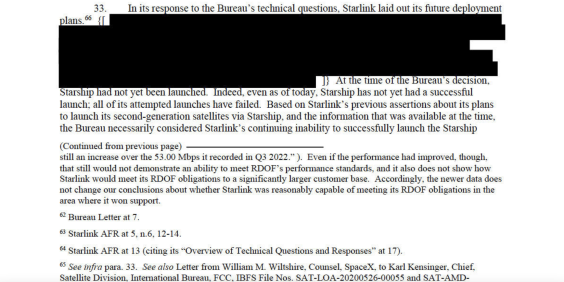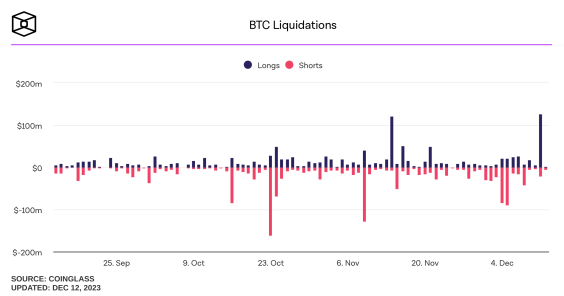This is not investment advice. The author has no position in any of the stocks mentioned. Wccftech.com has a disclosure and ethics policy.
Cupertino tech giant Apple (NASDAQ:AAPL)has got a big quarter coming up. The company's sales drop from the iPhone wasn't plugged fully by the 2018 lineup. However, early reports from Apple's supply chain and market research firms sound optimistic for this year's smartphones. Apple rebranded the iPhone XR's LCD successor, the iPhone 11, to conform it with a 'premium' image associated with the company's higher-end iPhones. At the same time, it reduced the smartphone's entry price, hoping to entice older iOS users with the smartphone. With this in mind, investment bank JP Morgan is optimistic about Apple's future, as the tech company's stock continues to soar in the market.
JP Morgan Expects Apple's iPhone Shipments To Reach 203 Million In 2020 & Grow By 2 Million The Next Year
At the time of writing, Apple's stock is down to $264.86, after having closed on $267.25 on Black Friday. The company removed design head Jony Ive from its website at the end of last week, signaling a big shift in its operational strategy. Mr. Ive has been the driving force behind unifying Apple's product portfolio design-wise. His close partnership with Apple's co-founder, the legendary Steve Jobs allowed the company to profit off of aesthetics in a tech world where few understood its importance.
On Thursday, the day before Mr. Ive was removed from the company's website, Apple's stock reached a new 52-week high of $267.84, in a bullish run that might be based on investor optimism about the iPhone 11, and reports of healthy AirPods Pro demand putting a strain on Apple's suppliers.

Following the company's rebound, after its share price dropped to a record low in January this year, JP Morgan is reporting that Apple (NASDAQ:AAPL) is still undervalued. In a fresh investor note, the bank claims to have insight into Apple's product plans for 2020 and 2021. This insight has led analysts to conclude that Apple will sell 203 million iPhones in 2020 and 205 million smartphones in 2021. These projections come along with the poor performance from Apple in the year 2019.
Data gathered by JPMorgan shows that Apple (NASDAQ:AAPL) is expected to ship 189 million iPhones this year, lowest since it shipped 2014. Apple shipped 169 million iPhones in the fiscal year 2014 when it launched the iPhone 5s. Shipments then jumped to 231 million in the next year, when the company added a phablet gadget to its product portfolio.

iPhone unit shipments.
Graphs included in the investor note, provided by veteran journalist Phillip Elmer DeWitt show that JP Morgan believes that Apple's iPhone unit shipments dropped by 39 million in the company's fiscal year 2019 with shipments dropping below 200 million. The iPhones 11, believes the bank, will boost the lineup's unit shipments by 11 million this fiscal year, standing at 198 million at the end of September 2020. As a result, JP Morgan's price target for Apple stands upgraded to $296, up by $6.
2019 as a whole has proven to be a disappointing year for the iPhone, as its installed user base grew by only 34 million. This figure will touch one billion at the end of the fiscal year 2020 if today's estimates are correct; giving Apple's management a nice presentation point at the annual iPhone launch and at earning calls.
Finally, for the technically inclined, JP Morgan is also speculating that while all four 2020 iPhones will feature 5G, only two will be able to support mmWave networks. mmWave networks offer faster data speeds and higher bandwidth. Following 2020, the company will shift to a bi-annual iPhone launch cycle, choosing to launch two devices at the start and end of each year.

Apple installed user base for the iPhone
The full text of the investor note from analyst Samik Chatterjee is as follows:
Early visibility into 2020/2021 iPhone product cycles are offering incremental reasons to be positive relative to volume implications, including raising our volume forecasts as well as our EPS estimates and price target. Key findings from our supply chain checks, include:
1) Apple is likely to launch four new iPhone models in September 2020 (one 5.4”, two 6.1”, and one 6.7”), including all four with 5G capabilities, but only two with ToF World-facing 3D Sensing;
2) Expect two mmWave capable models (also supporting sub-6 GHz); expect two lower-end models to support only sub-6 GHz;
3) Starting 2021, we expect Apple to smooth iPhone seasonality by shortening launch intervals and introducing two new iPhones in both 1H21 and 2H21; and 4) Updated BOM analysis points to an increase of $30-$40 for 2020 iPhones vs. comparable 2019 iPhones, more modest relative to investor expectations.
Thoughts? Let us know what you think in the comments section below and stay tuned. We'll keep you updated on the latest.













